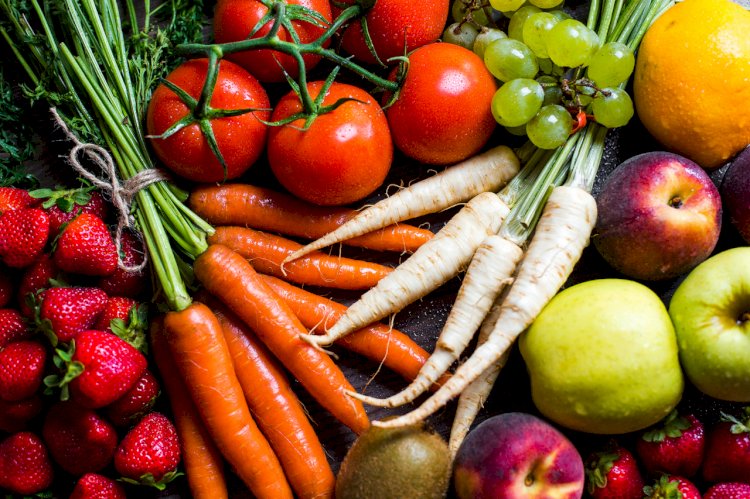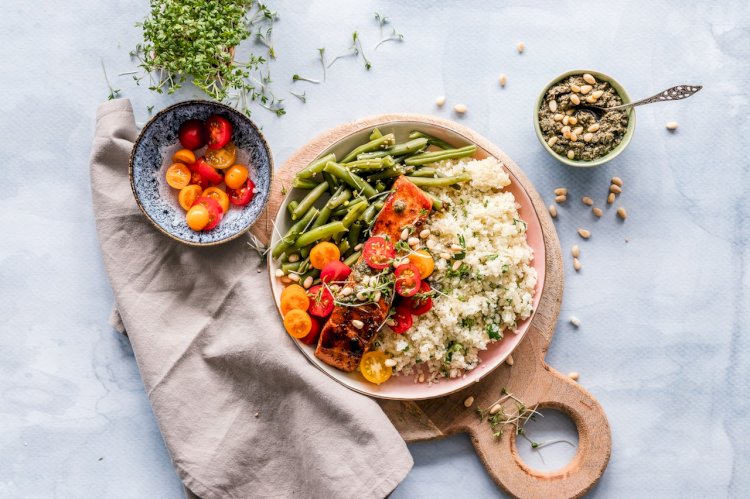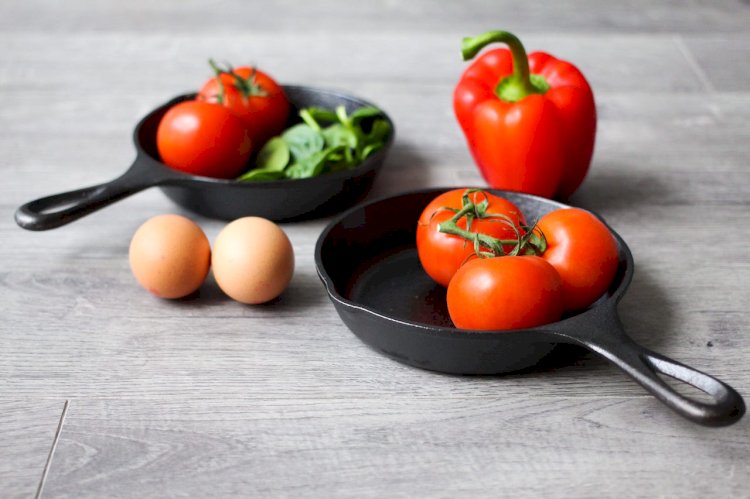Maximized Nutrient Absorption for Prediabetes!
It is possible that you are not getting the full benefit of all the nutrient dense, good-for-you foods that you are eating. many people are not absorbing all of the essential nutrients from their food. Read on for tips to help you maximize nutrient absorption from vitamins and minerals.
"You are what you eat" is a very famous saying...although, you may have heard the more accurate version of it: "You are what you eat and absorb."
Absorption is important because it's possible to eat a variety of highly nutrient-dense foods but not get the full benefit from these nutrients simply because they pass right through you and are not absorbed.
Not absorbing nutrients is similar to not getting them in the first place. Nutrients can't help your body if they truly never make it inside to support your health.
How to help your body absorb more nutrients is very important for optimal health. Everyone needs to get enough of all the essential nutrients for good health, this includes macronutrients (like protein, carbohydrates, and healthy fats), and micronutrients (vitamins and minerals).
Fun fact: The amount of a nutrient absorbed and can be used or stored in the body is called "nutrient bioavailability". This describes how available the nutrient is for our body's use.
There are three main steps to digesting the food you eat: breaking it down, absorbing the nutrients, and eliminating the waste.
Whatever nutrients don't get absorbed because they weren't broken down small enough, or were complexed with anti-nutrients, or because the digestive tract itself couldn't do it's best work, is eliminated as waste. You want most of the essential nutrients to be absorbed so your body can use them for your best health.
The good news is there are ways to increase nutrient bioavailability!
By eating certain nutrients together or apart, or certain foods cooked, or raw, you can enjoy foods but in a nutritionally efficient way.
Absorb more vitamin C by eating food fresh and raw.
Vitamin C is one of the most common vitamin deficiencies in the US. Foods that are rich in vitamin C include fruits and vegetables like bell peppers, citrus fruits, kiwis, broccoli, and strawberries.
Vitamin C is an antioxidant that is water soluble and destroyed by heat. This means that the vitamin C levels are highest when food is fresh and raw (or cooked as little as possible).
To maximize the vitamin C levels try to eat these foods as fresh and raw as possible. If you enjoy them cooked, do so minimally by lightly steaming or microwaving.
Absorb more Iron: enjoy iron rich foods with, and without these...
Some of the most iron rich foods are seafood, beans, lentils, liver, spinach, tofu, and beef. Also, some breads and grains are fortified with iron.
But...not all iron rich foods are equal!
Iron is found in two different forms: heme (in animal sources) and non-heme (in plant sources)
Iron absorption can be enhanced when consumed with vitamin C rich foods and away from tannin-containing drinks like tea, and coffee. This means enjoy your beans, lentils, spinach with a vitamin C rich food in the same meal. You could add some bell peppers, orange wedges, or berries to your spinach salad.
And enjoy your tea or coffee, not with..but between your iron rich meals.
Absorb more fat-soluble essential vitamins A, D, E, and K...
Vitamin A is found in seafood, eggs, and fortified dairy. Pro-vitamin A, aka beta-carotene is found in fruits and vegetables, espeically orange ones like sweet potatoes, carrots, and dark green leafy ones like spinach and kale. Because of the way beta-carotene is stored in the plant cells, not all of it is as bioavailable as vitamin A in animal based foods. Unlike vitamin C, vitamin A is fat-soluble and becomes more bioavailable when orange and dark green plant based sources are cooked.
Vitamin D is essential for bone health because it promotes absorption of calcium and is needed by bone cells for growth and repair. Vitamin D also helps reduce inflammation and helps to regulate the immune system and carbohydrate metabolism.
Known as the sunshine vitamin because your skin makes vitamin D when exposed to UV light. Vitamin D is also found in a few foods, like egg yolks, and some fortified dairy.
Vitamin E is an antioxidant vitamin that is necessary for protecting cells from oxidants to prevent or delay chronic diseases. Vitamin E is also essential for your immune system.
Foods with high levels of vitamin E include whole grains, nuts, seeds, nutbutters, and oils (wheat germ oil, sunflower oil, and peanut butter).
Vitamin K comes in two forms: K1 is in dark green leafy vegetables, broccoli, soy, and herbs. Vitamin K2 is mostly made by bacteria, so it's found in fermented foods like yogurt, cheese, and sauerkraut. Vitamin K is essential for proper blood clotting and bone metabolism.
These four fat-soluble vitamins can be fairly bioavailable on their own, but a simple tip can help enhance absorption even more...get enough healthy fat. This means cooking your vegetables with a bit of healthy oil or pairing them with a nutritious dip or dressing to help you absorb more of the essential fat-soluble vitamins.
Absorb more calcium: Be sure to have a regular supply of vitamin D...
The largest sources of calcium in the North American and European diets is from milk and dairy products. You can also get calcium from fruits and vegetables (kale, spinach, broccoli), as well as mineral water. Some of the plant sources of calcium have lower bioavailability because they contain anti-nutrients like oxalate and phytic acid.
The amount of calcium absorbed from these foods is increased with vitamin D intake. While you don't need to get vitamin D in the same meal as a calicium rich one, getting enough vitamin D everyday is key..whether that means eating vitamin D rich foods with a bit of healthy fat or going outside in the sun.
Absorb more Lycopene: Cooking tomatoes brings out the bioactive nutrient!
Lycopene is similar to beta-carotene, but it is not considered an essential nutrient. Studies show that lycopene may help reduce risk of heart disease and some cancers like prostate cancer.
Lycopene is a health promoting antioxidant found in red, and dark green fruits and vegetables like tomatoes, pink grapefruit, and watermelon.
The main source of lycopene are cooked tomato products like ketchup, tomato juice, and pasta sauce.
Like vitamin A, cooking tomatoes and enjoying them with a little healthy fat can improve your absorption of lycopene.
Healthy eating is a little bit more than consuming nutritious foods, it's also about absorbing the nutrients from those foods so they can be used in your body.
With a few simple strategies you can get more benefits when you enjoy the same nutritious foods you usually do!
If you need support getting enough of all the essential nutrients to reach your health goals, consult an experienced Registered Dietitian Nutritionist who can help.
Book an appointment with me today and get back on track with your health and wellness goals.
Click Here To See More
















